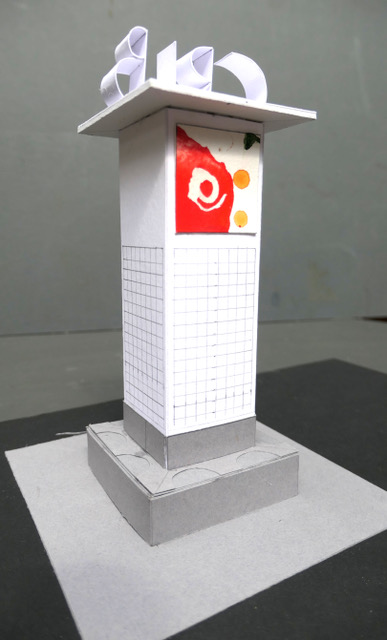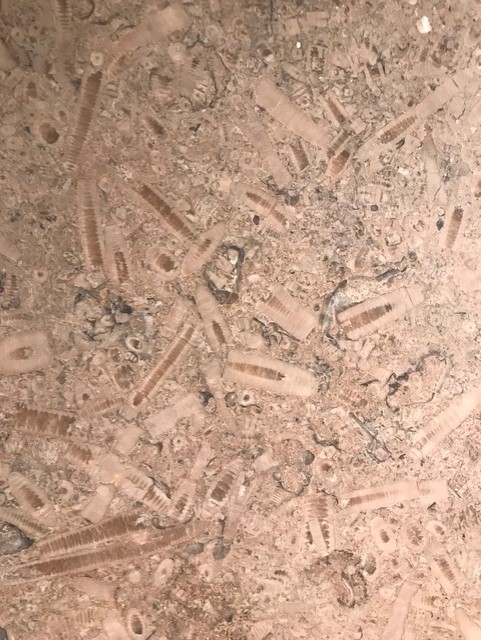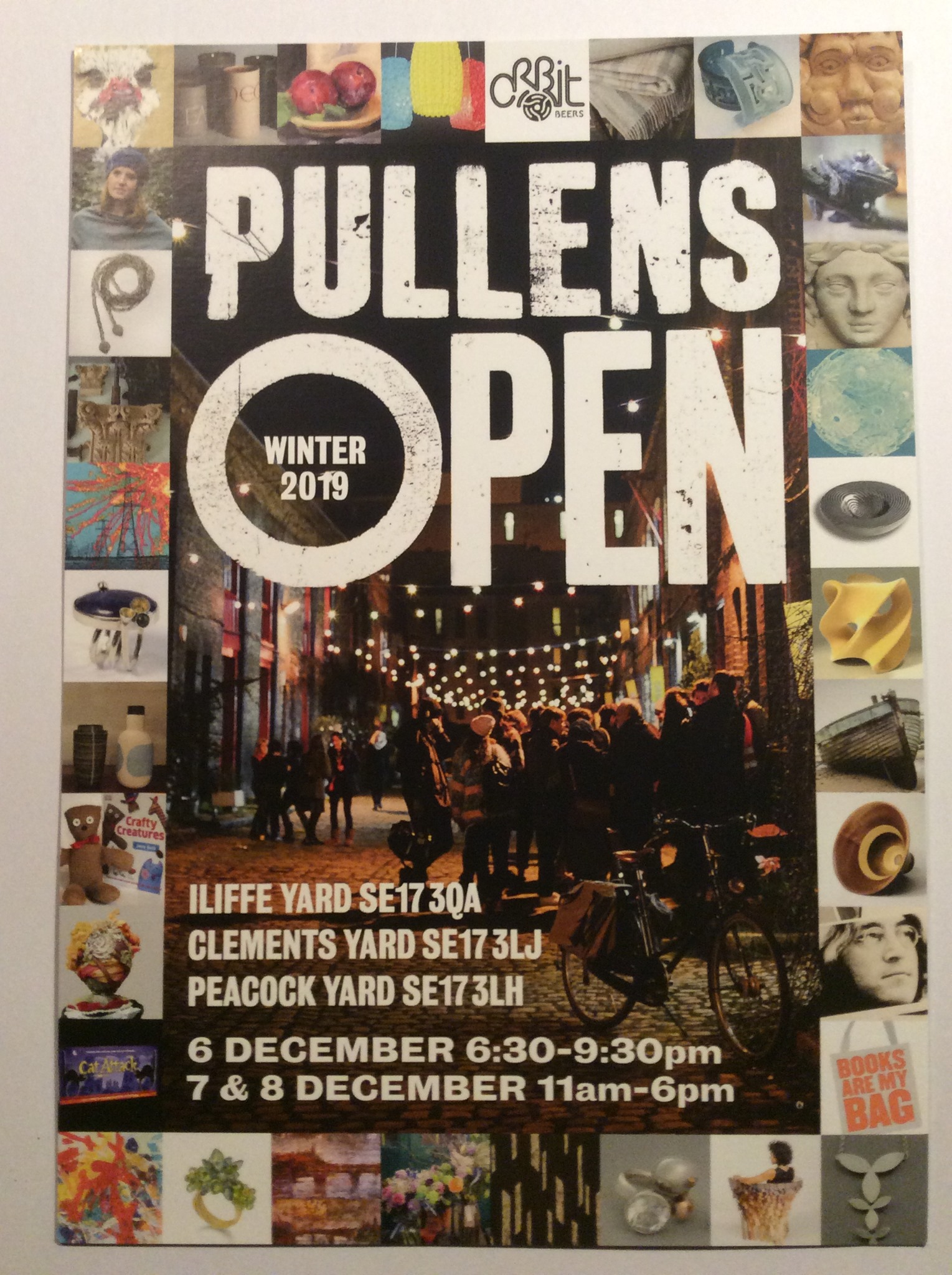If you’re anything like us (and you know you are) you probably spend a fraction of your working week thinking ‘if only there was a miniature mock Tudor village of homes no larger than two feet high in greater Kennington’. Well guess what dear reader, you’re in luck. A mysterious village exists in Vauxhall park, but if you blink you’ll miss it.
Our little Smurf village was created in 1949 by a retired engineer from West Norwood but not a great deal more is known about it. It was originally intended for Brockwell Park (where the rest of the village still stands) but this assortment was moved to Vauxhall park in the 1950’s. I mean really, why should Brockwell Park have all the fun? The village consists of six homes and three outbuildings and something vaguely resembling a pub. Cast in concrete and lead, these diminutive dwellings were meant to last, but the reason still remains unknown.
A nice gawp at the tiny homes in Vauxhall park is just one reason to check it out. It’s also a delightful place to spend a few hours, even in the midst of autumn. They have tennis courts, a kids area, and table tennis amongst other attractions. A few years ago a local benefactor even donated an interesting human sundial to the park. The method by which time is told by the use of the body is suggestively called an ‘analemmatic sundial’. We would love to have been a fly on the wall when the following conversation took place –
“Hi, is this Vauxhall Park? I’m a benefactor who is really interested in anatomy and I’d like to install an analemmatic sundial into your garden. Any chance of that”?
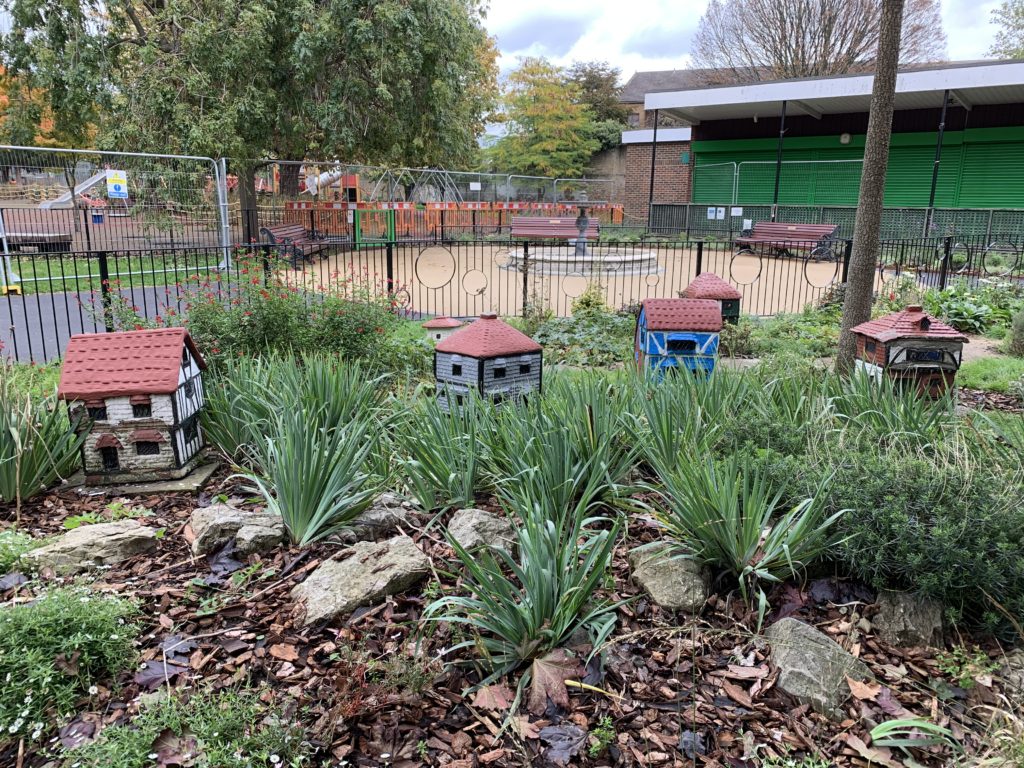

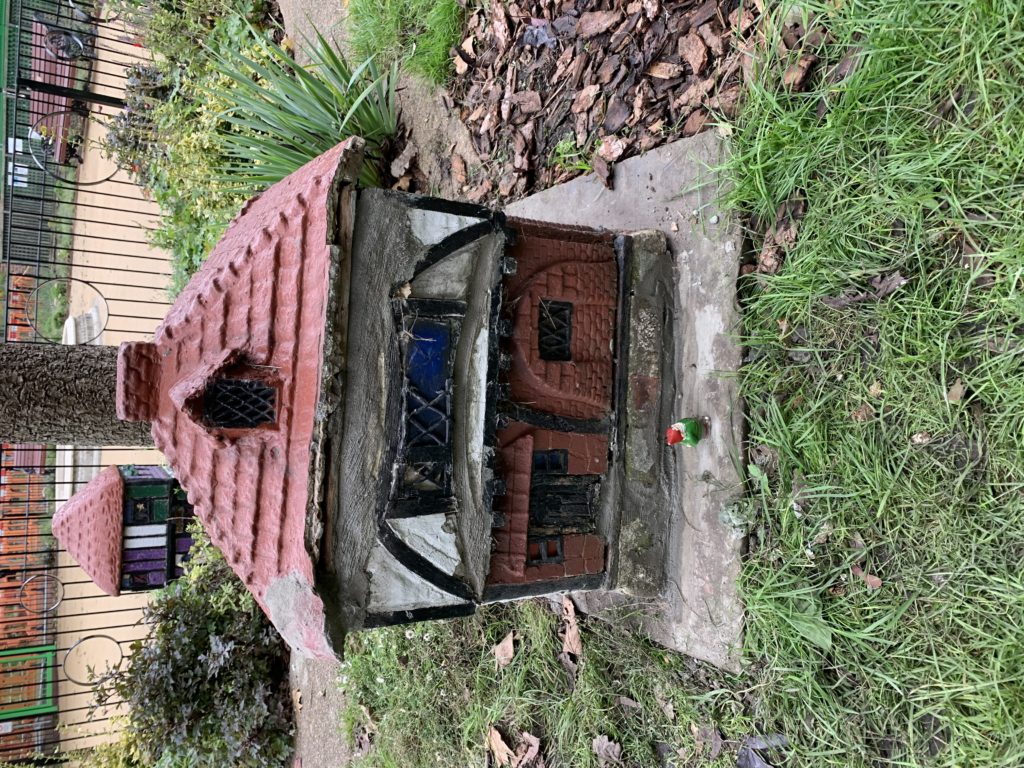
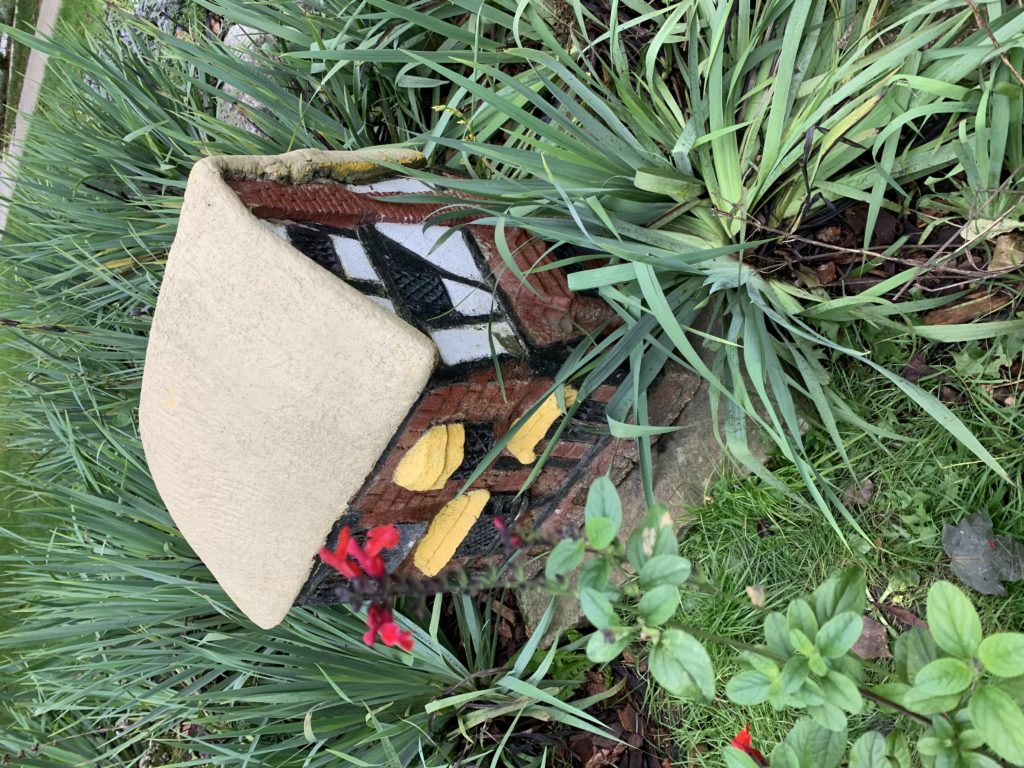
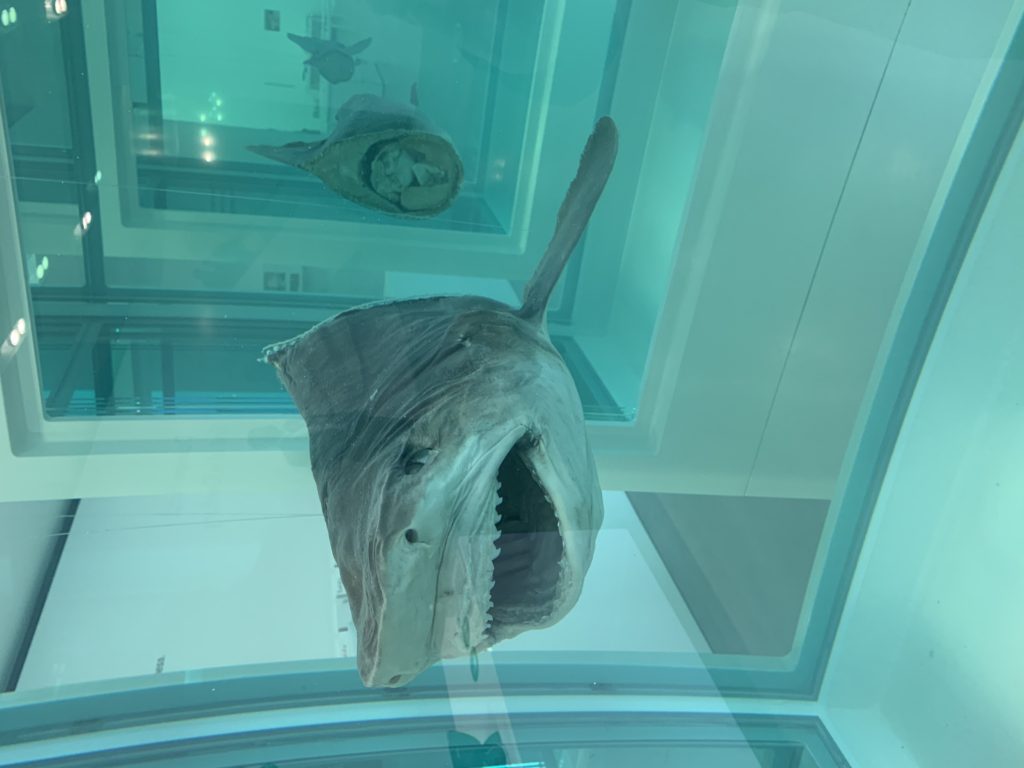
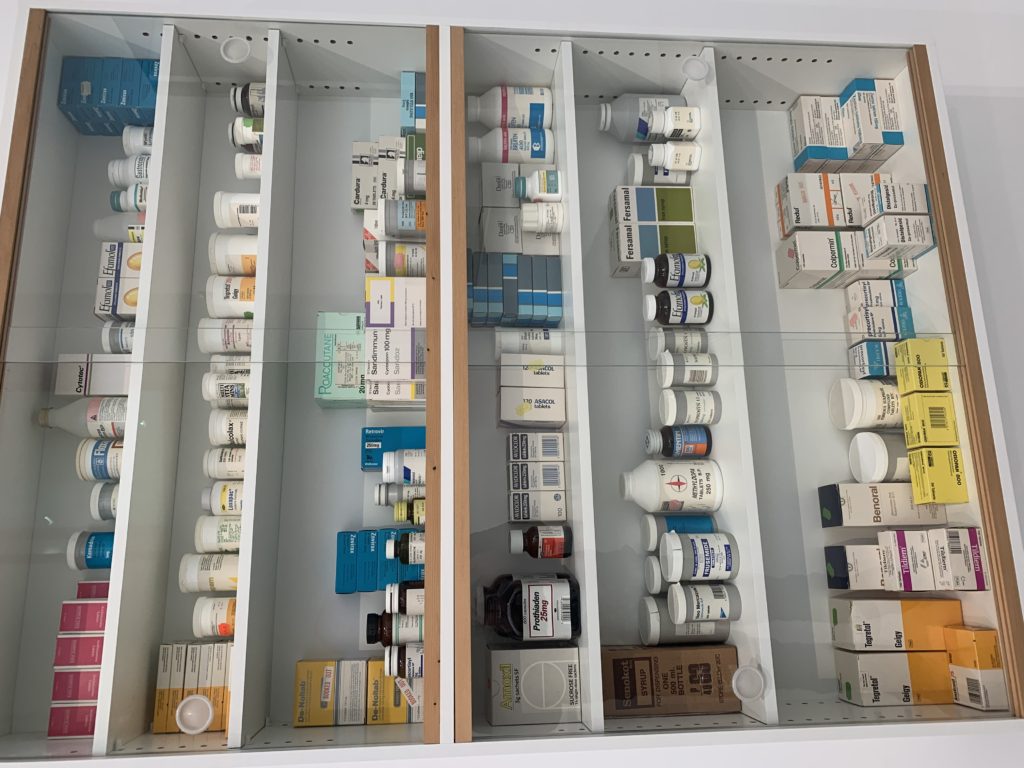


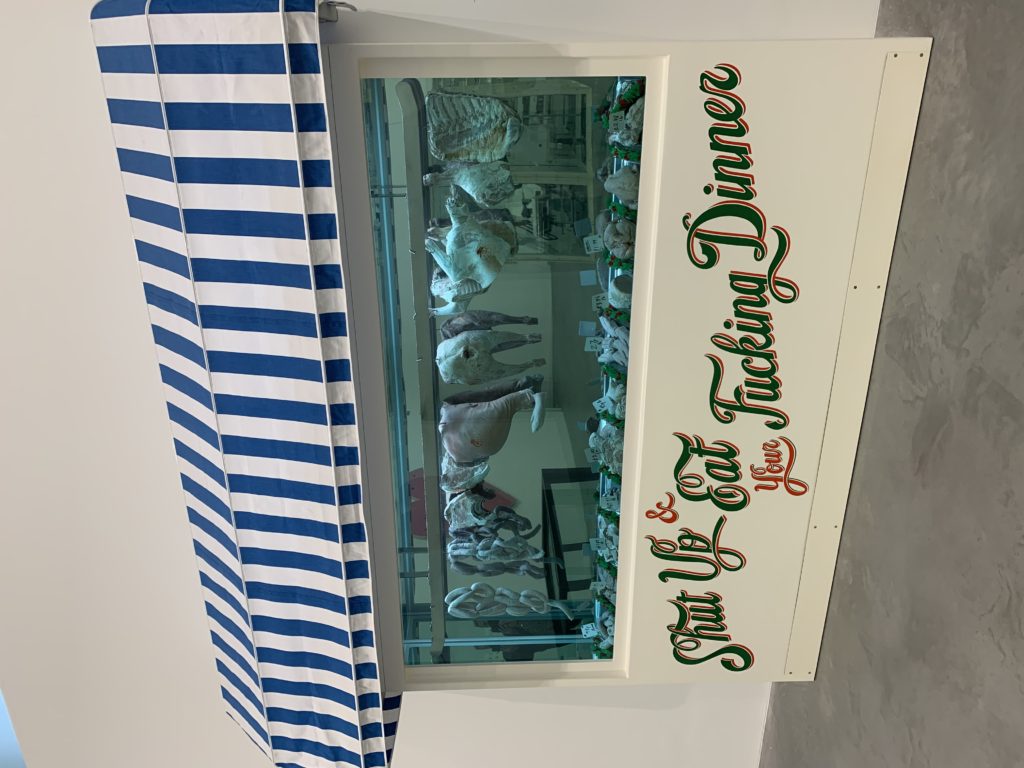
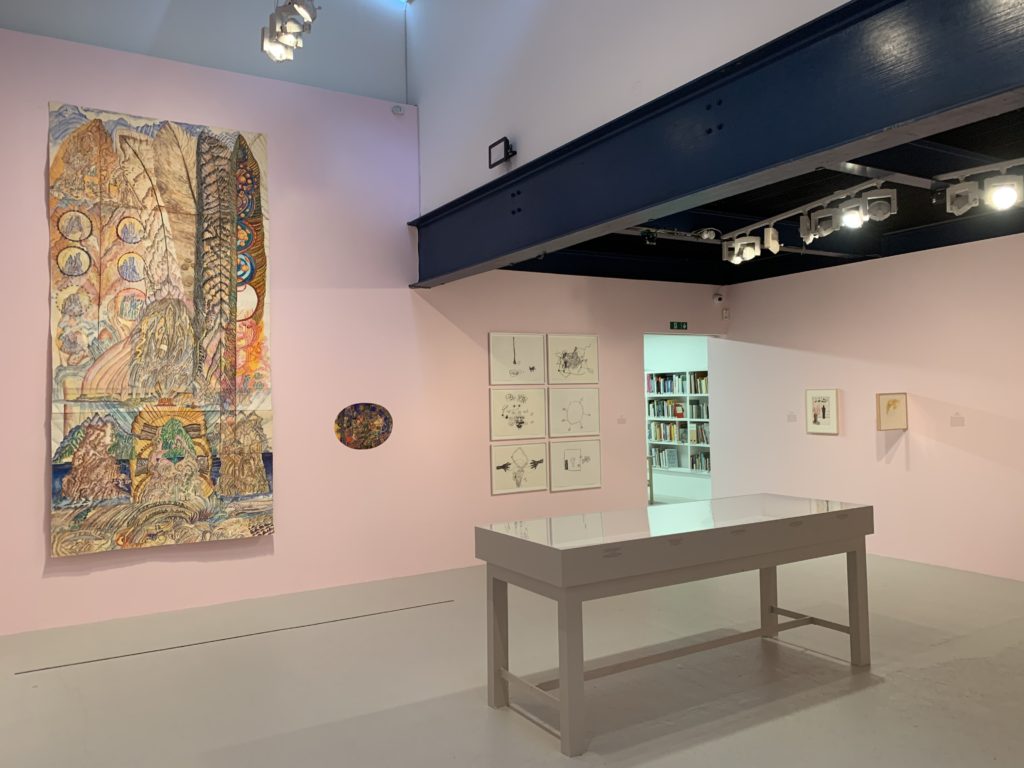
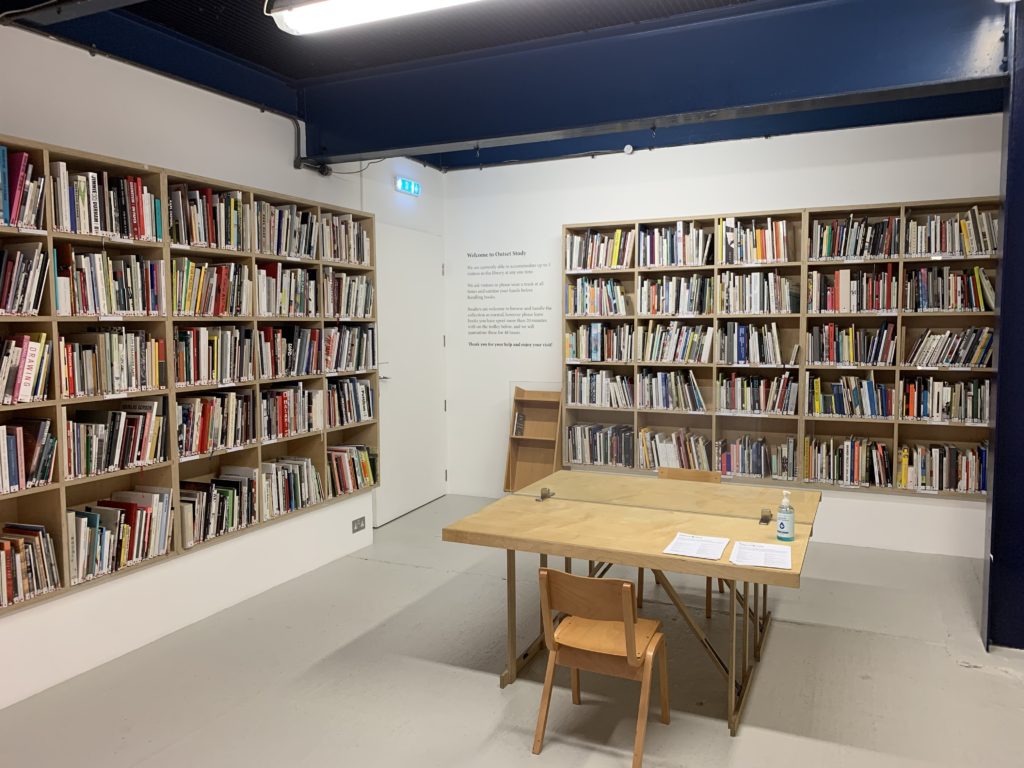
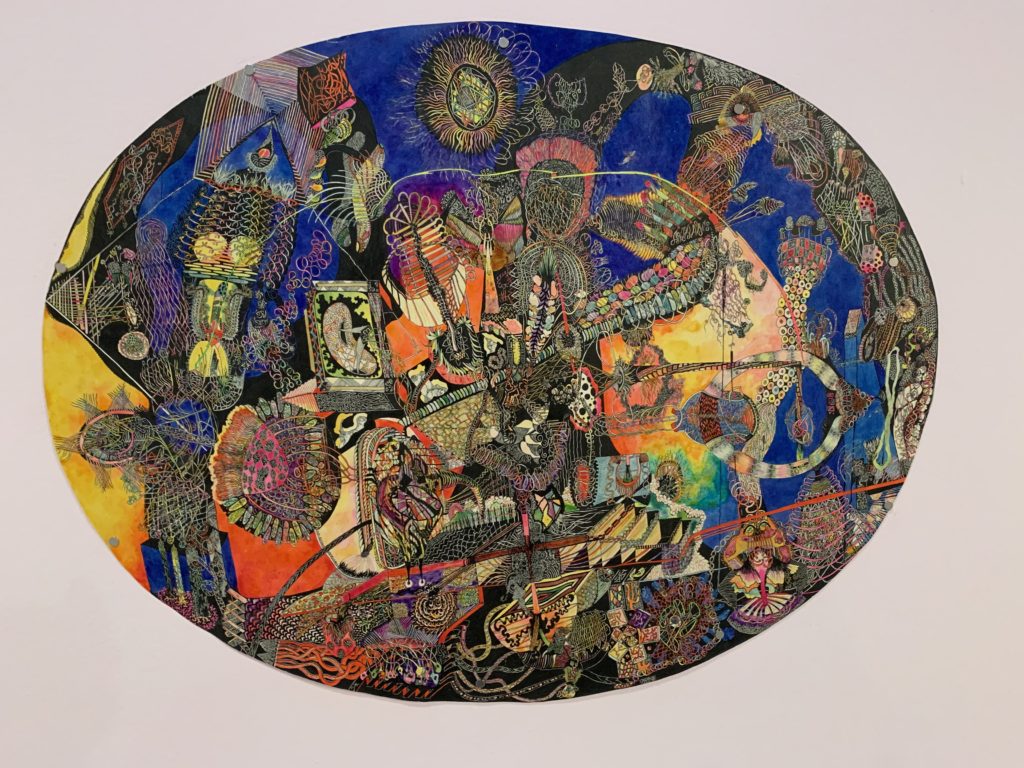
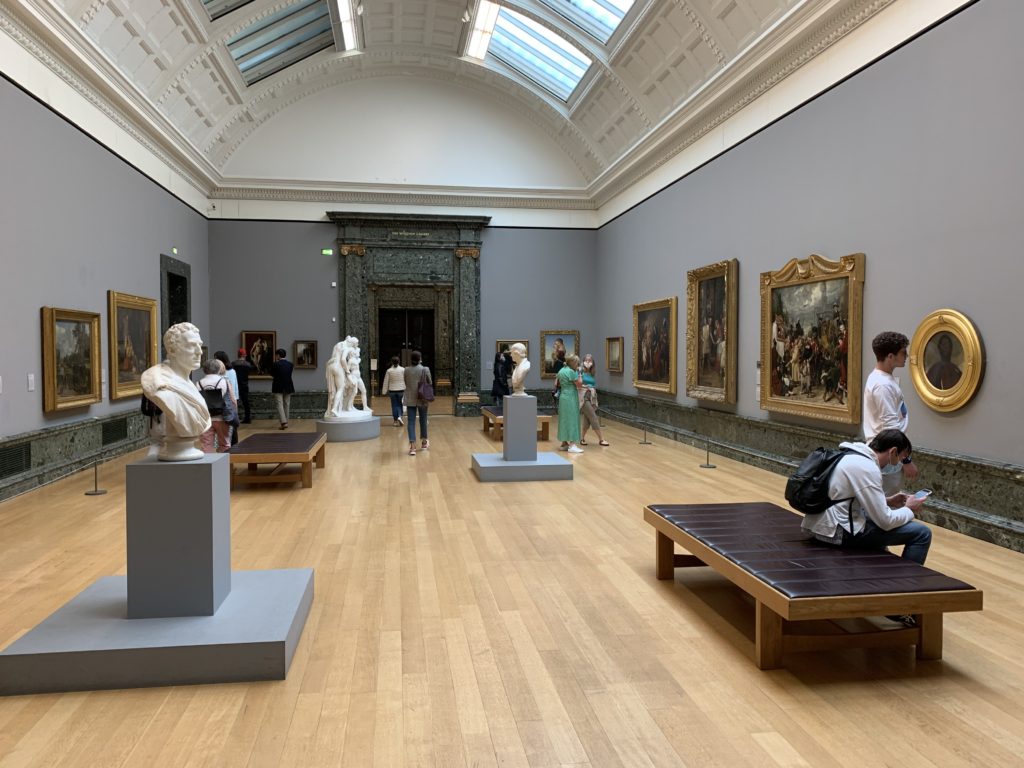

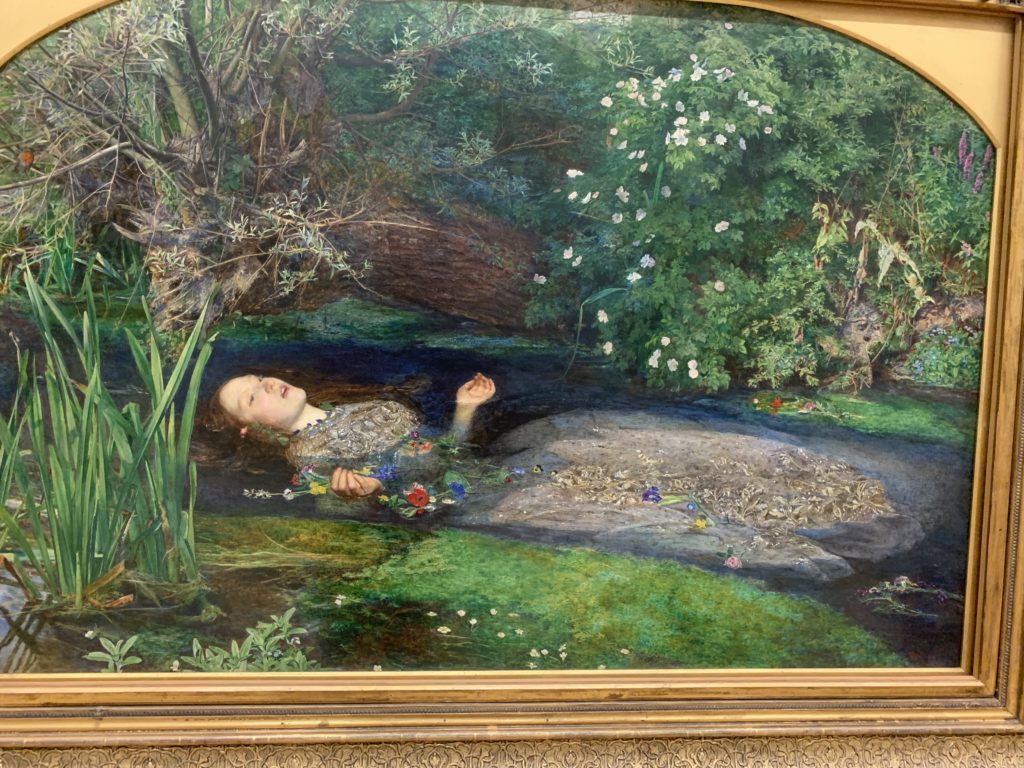
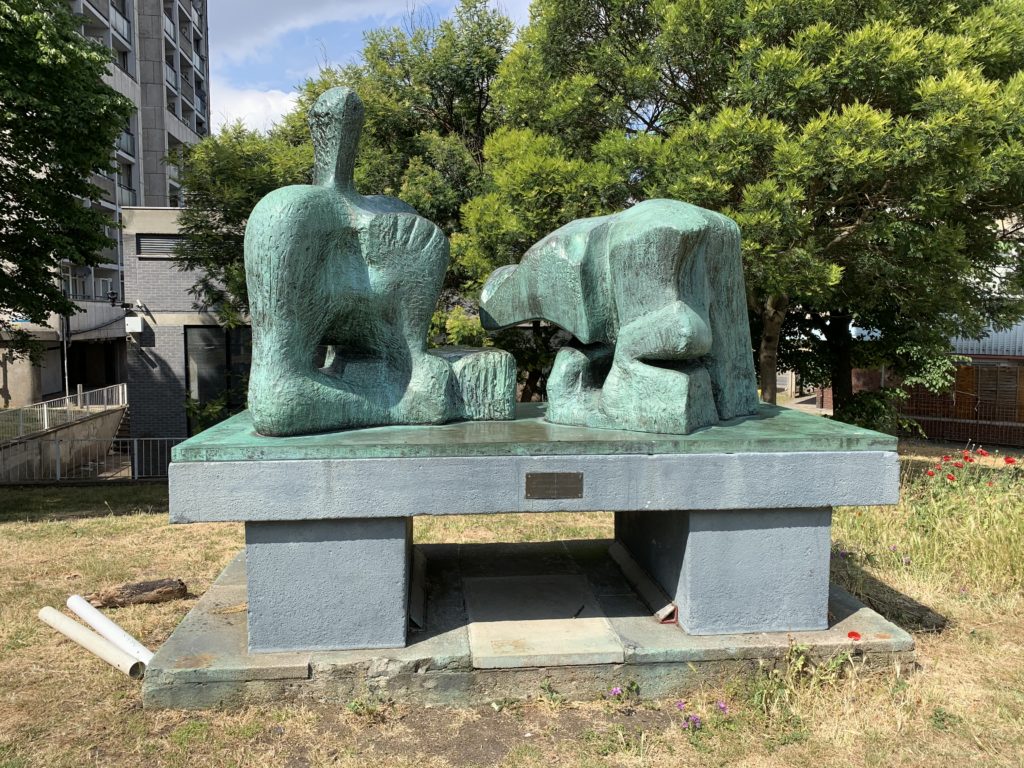
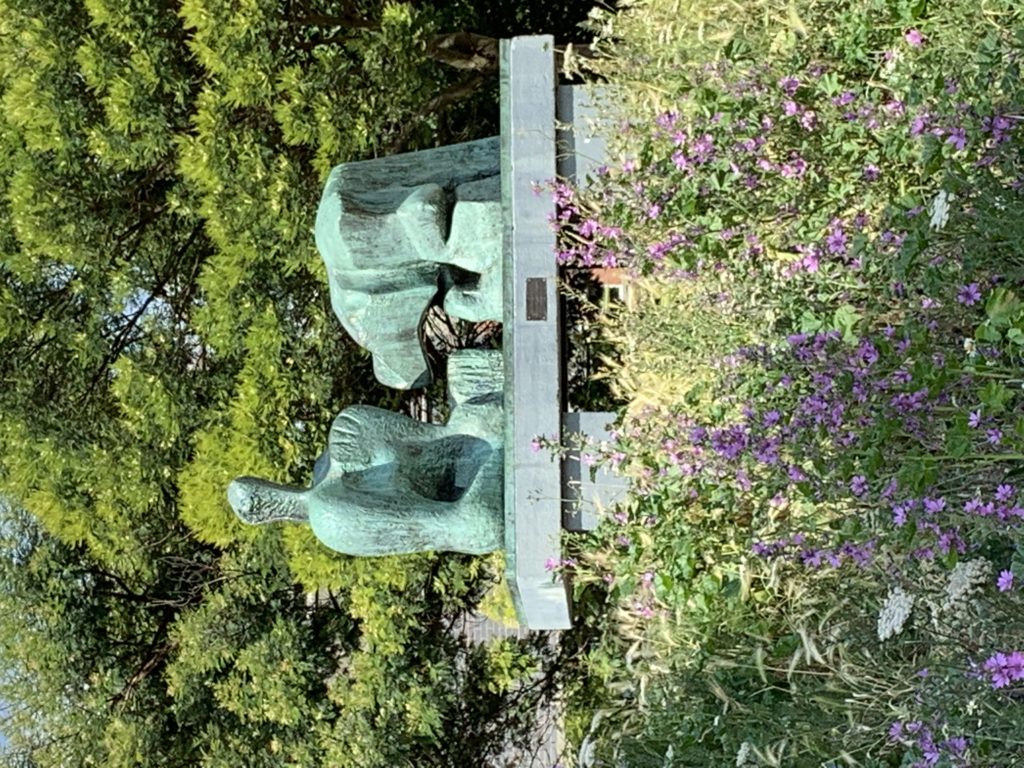
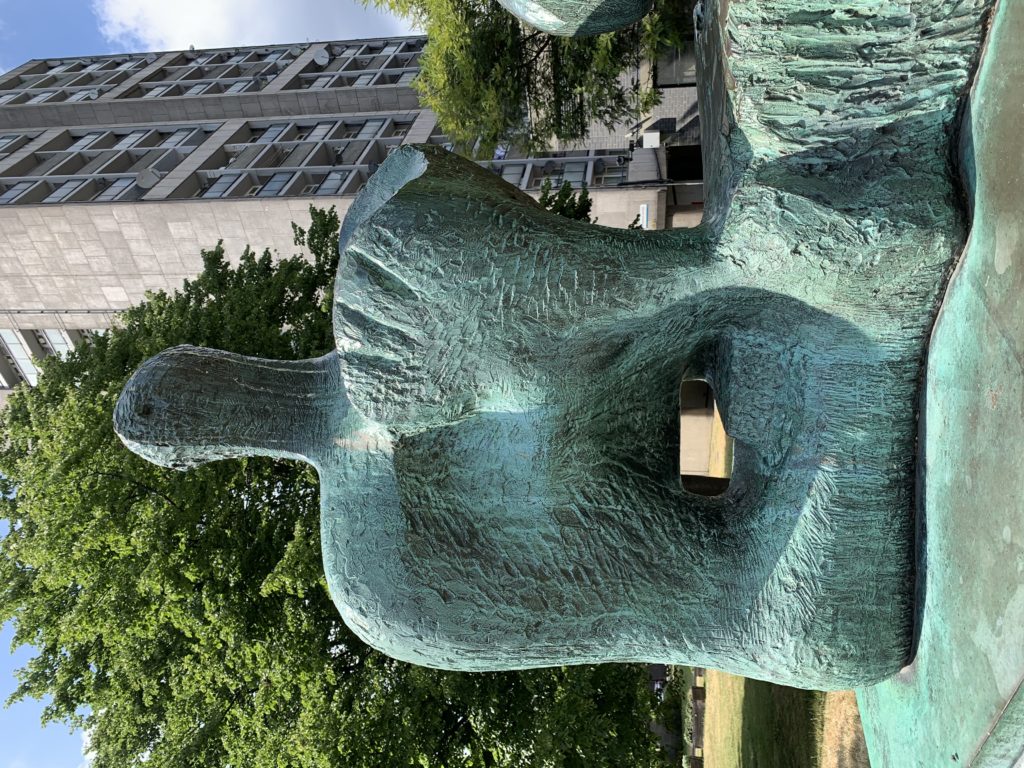

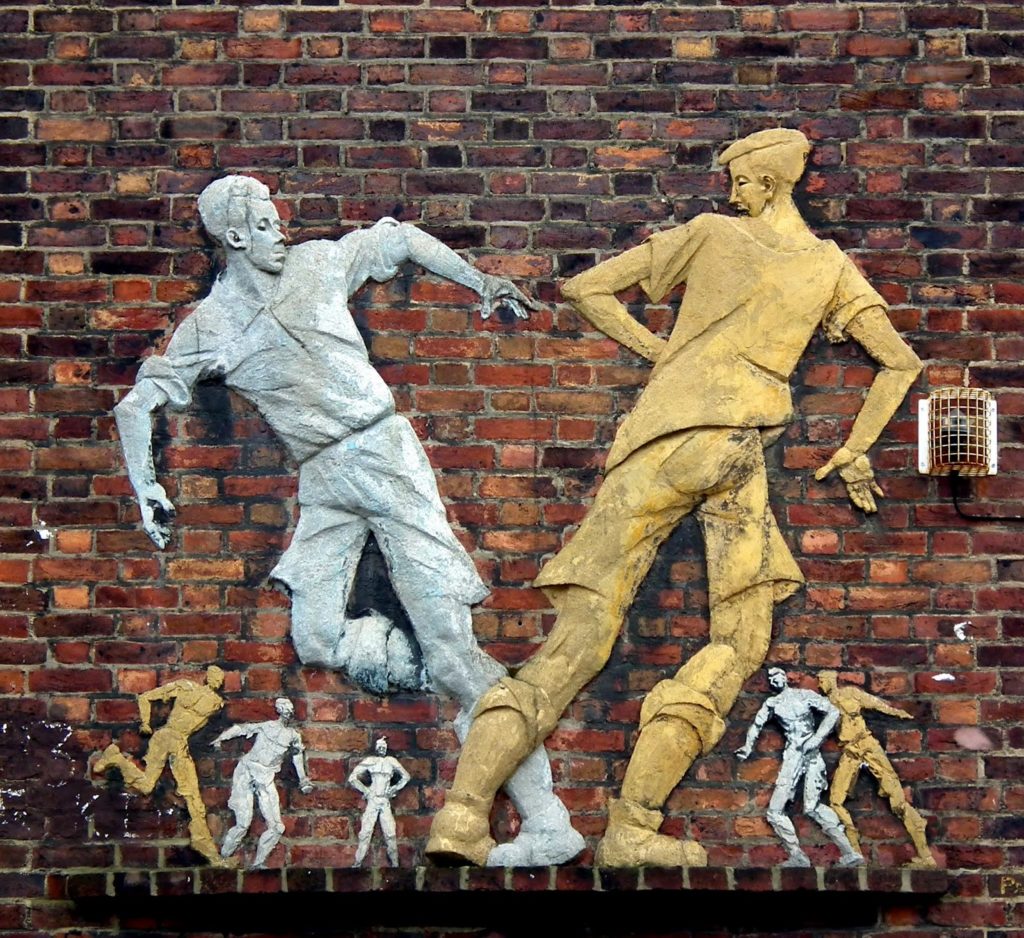
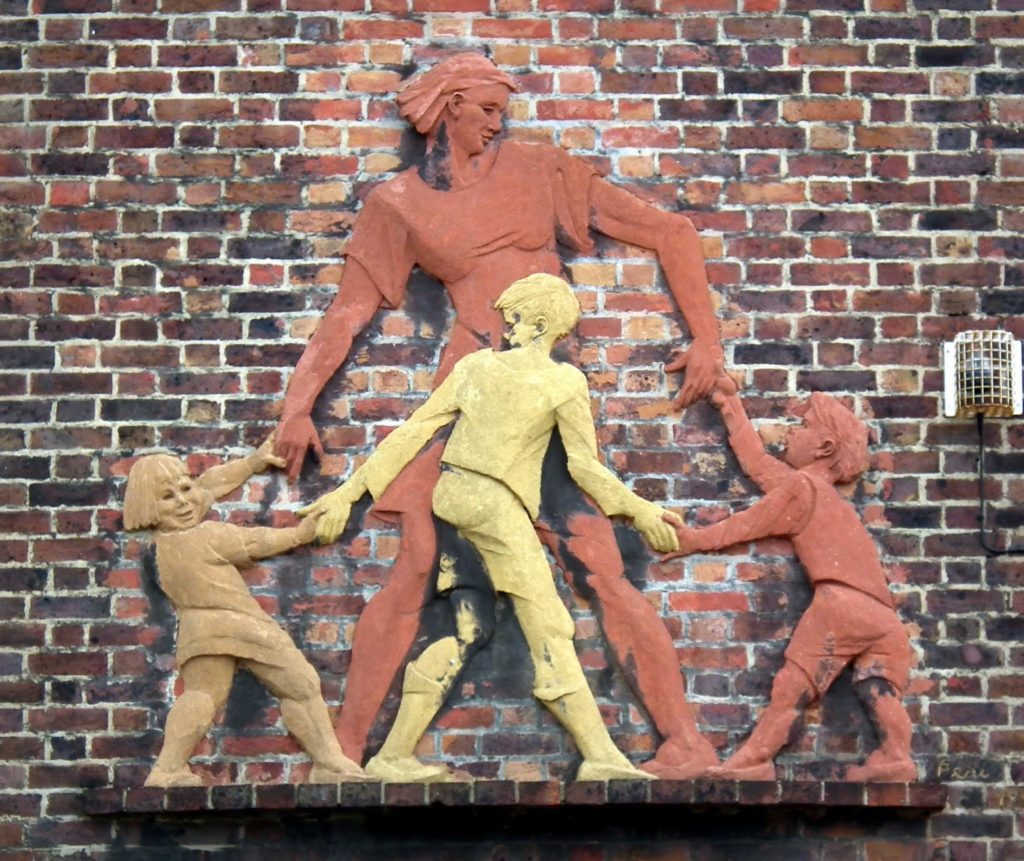
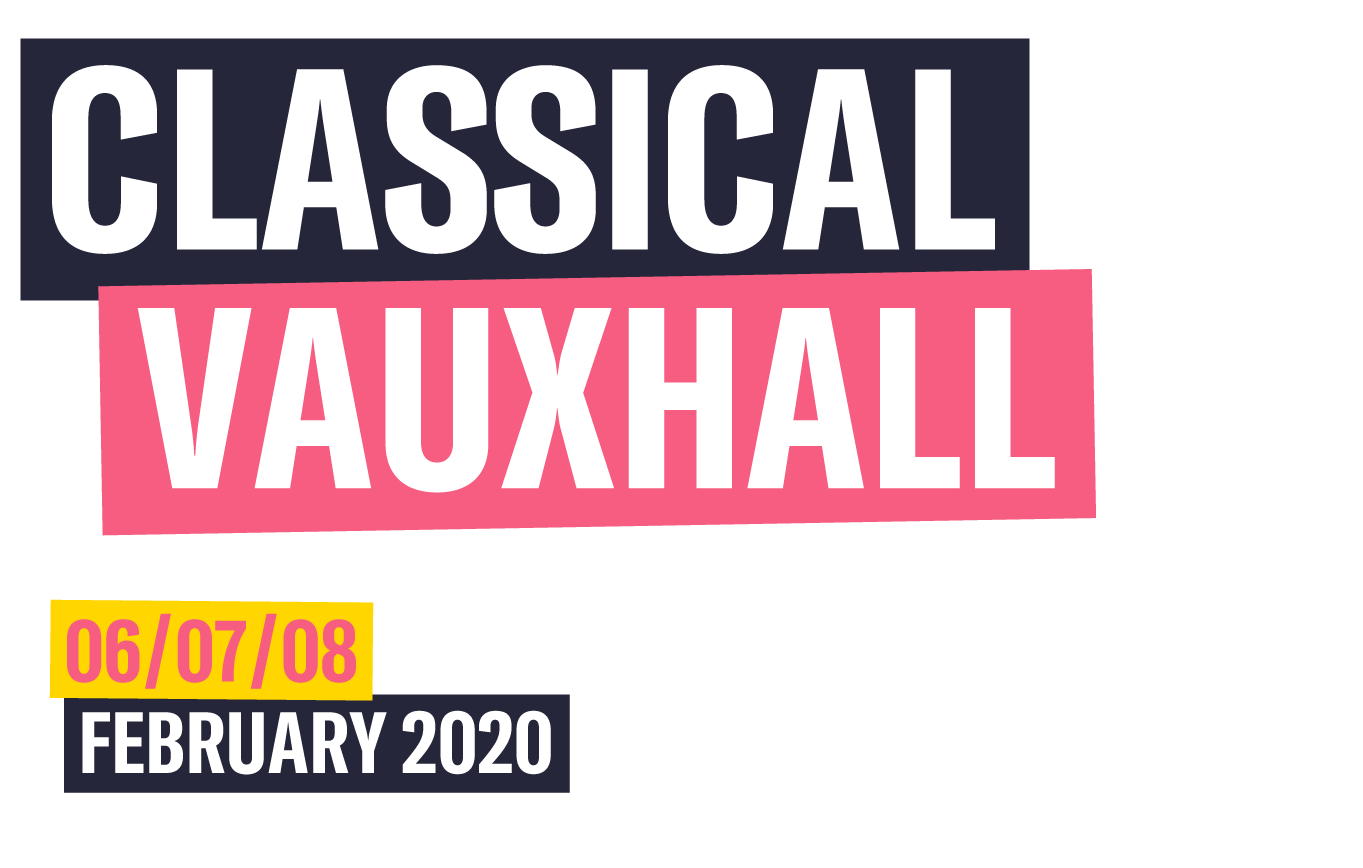 The fun kicks off on Thursday, 6 Feb. in St. Peter’s Church in Vauxhall. If you’ve never been then you should check it out anyway as it’s a beautiful great mammy of Victorian Gothicness with what we imagine are pretty fine acoustics.
The fun kicks off on Thursday, 6 Feb. in St. Peter’s Church in Vauxhall. If you’ve never been then you should check it out anyway as it’s a beautiful great mammy of Victorian Gothicness with what we imagine are pretty fine acoustics.